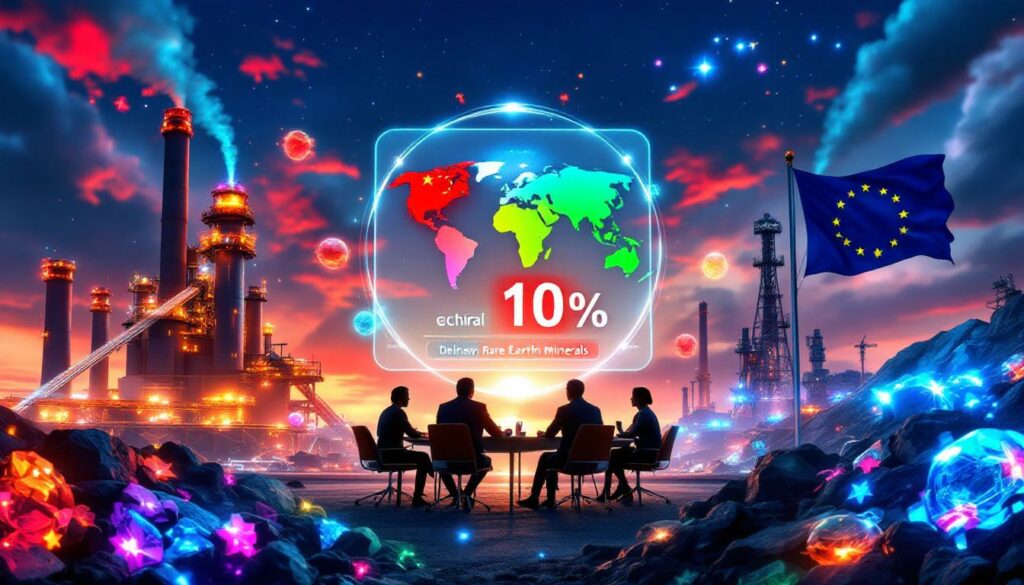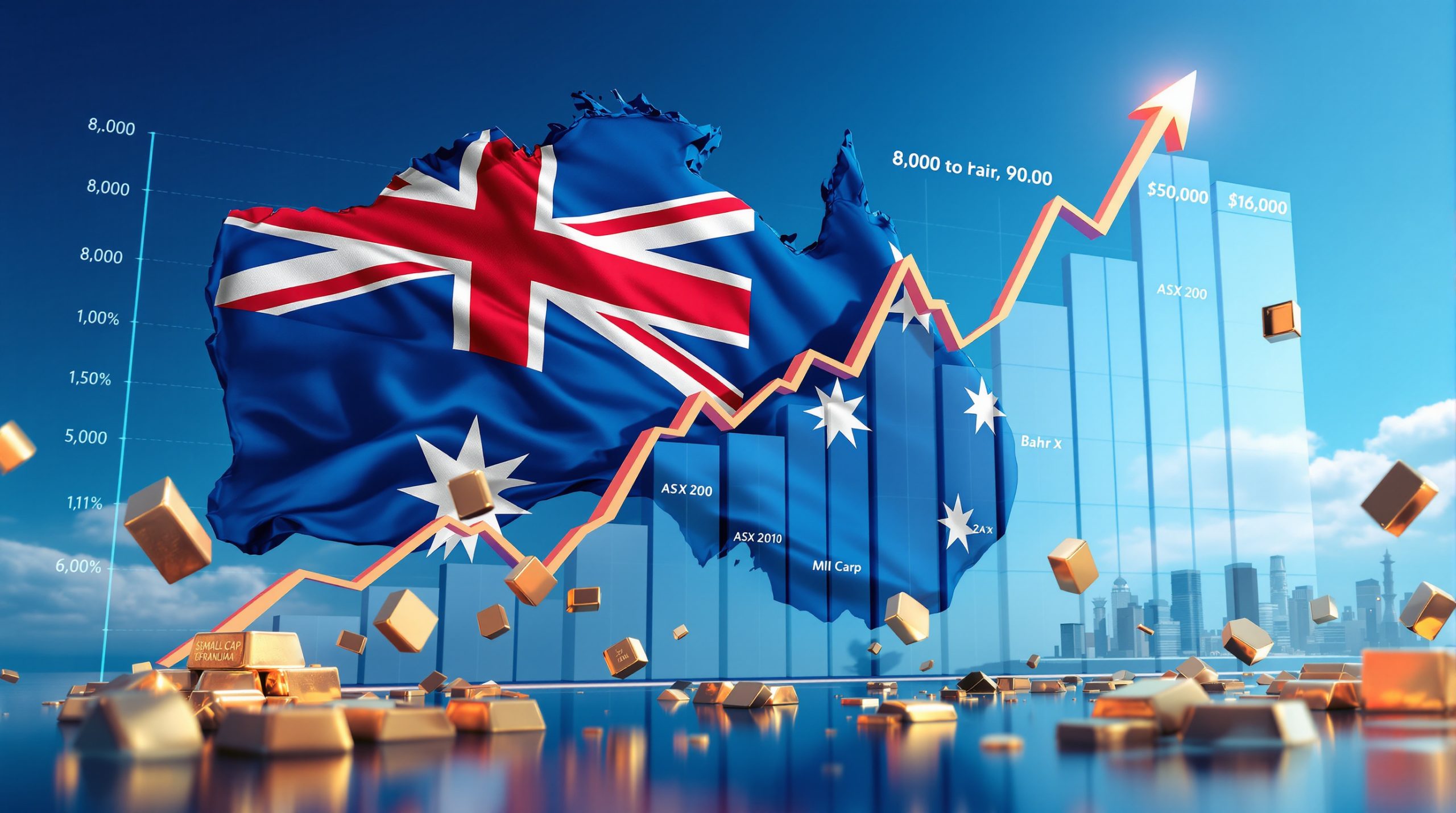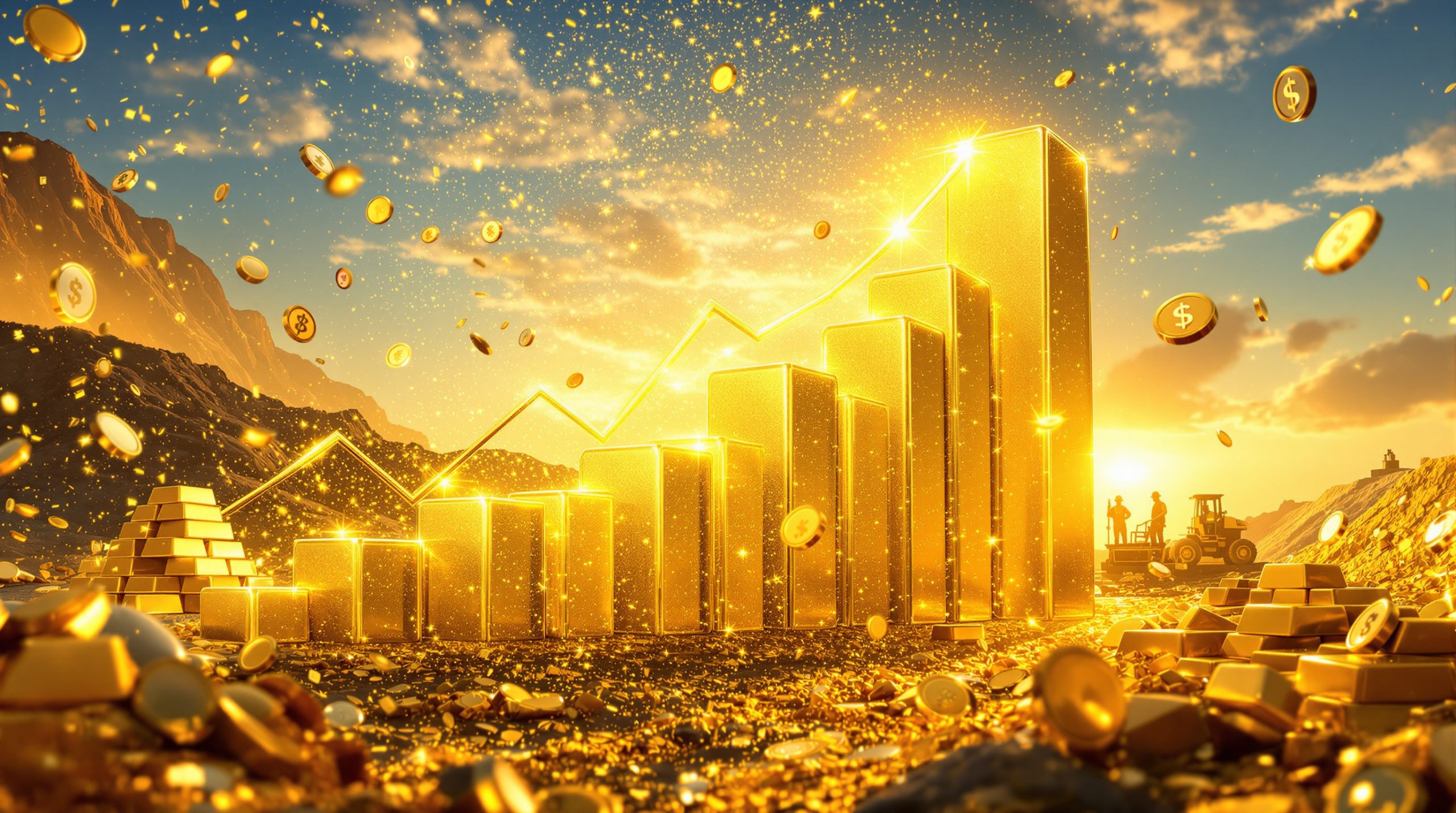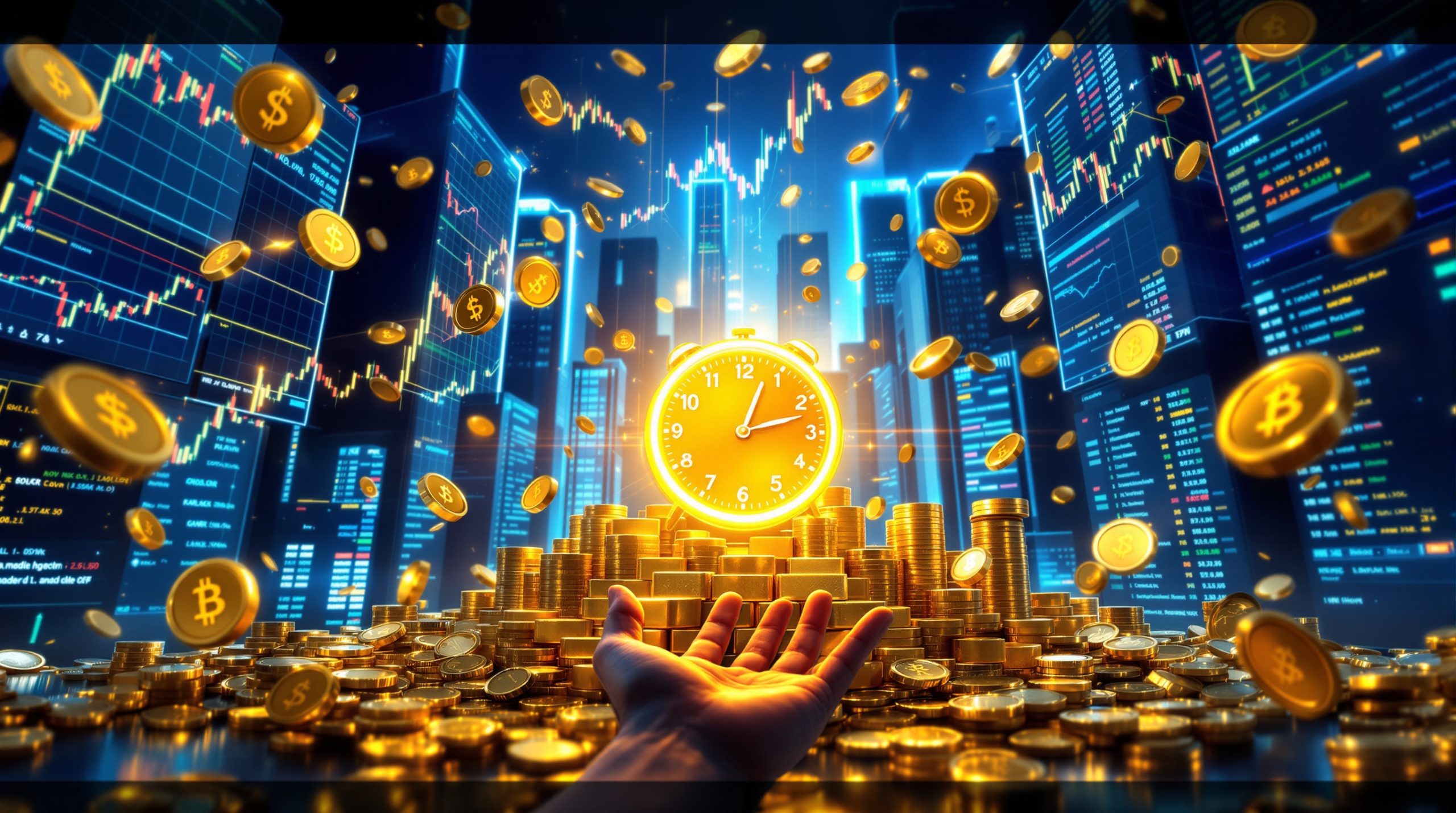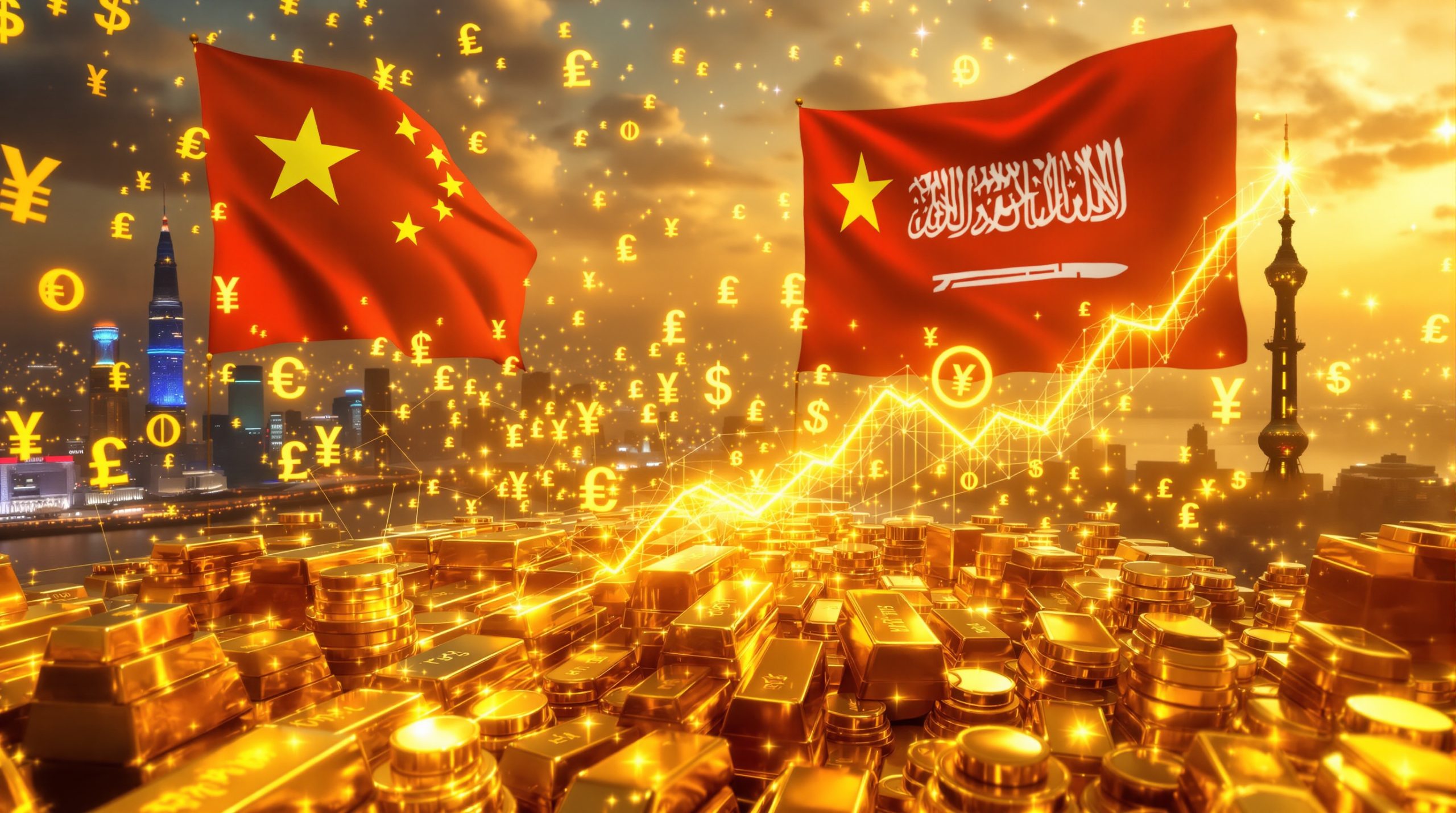China's Growing Control Over Rare Earth Elements Sparks Tensions With Europe
In the evolving landscape of global resources, rare earth elements have emerged as the hidden backbone of modern technology. Recent developments have placed these critical minerals at the center of escalating tensions between China and Europe, with significant implications for global trade, technological advancement, and geopolitical power dynamics.
How Has China Dominated the Rare Earth Market?
China's overwhelming control of the rare earth industry represents one of the most successful resource strategies in modern economic history. Currently controlling over 90% of global rare earth processing capacity, China has methodically built this dominance through decades of strategic planning and investment.
The foundations of China's rare earth supremacy began in the 1980s when the government classified the sector as a strategic industry. Under leader Deng Xiaoping's famous declaration that "the Middle East has oil, China has rare earths," the country began systematically developing its abundant deposits in Inner Mongolia and southern provinces.
Through the 1990s and 2000s, while Western countries largely ignored rare earth production due to environmental concerns and low profitability, China invested heavily in:
- Mining operations in mineral-rich regions like Baotou and Ganzhou
- Advanced separation and processing technologies
- Downstream manufacturing integration
- Research facilities dedicated to rare earth applications
- Environmental remediation technologies (albeit implemented inconsistently)
This comprehensive approach allowed China to develop unparalleled expertise in the complex chemistry of rare earth separation while building economies of scale that made competition nearly impossible.
"China's rare earth strategy represents one of the most successful examples of resource-based industrial policy in recent history, combining geological advantage with long-term planning," notes industry analyst Zhang Wei.
By integrating the entire supply chain—from mining to processing to manufacturing—China created a self-reinforcing ecosystem that Western economies are now struggling to replicate. When compared to other global players, the disparity is stark:
| Country/Region | Share of Global Processing | Mining Capacity | Key Elements |
|---|---|---|---|
| China | >90% | 60-70% | Full spectrum |
| United States | <5% | ~15% | Light REEs |
| Europe | <1% | Minimal | Limited |
| Australia | ~3% | ~10% | Growing |
| Japan | Minor processing | None | Recycling focus |
This dominance has given China powerful leverage in global technology markets, which it has increasingly wielded as tensions with Western nations have grown.
Why Are Rare Earth Elements So Critical?
Despite their name, rare earth elements are relatively abundant in Earth's crust. However, their dispersed nature and the complex, environmentally challenging processes required to separate them make economically viable deposits genuinely rare. Their importance stems from their irreplaceable role in numerous critical minerals energy transition.
Renewable Energy Applications
Rare earth elements form the backbone of the green energy transition:
- Wind turbines: Each large direct-drive turbine requires up to 600kg of neodymium and dysprosium for permanent magnets
- Electric vehicles: A typical EV uses 1-3kg of rare earths in motors, with high-performance models requiring even more
- Energy storage systems: Various rare earths enhance battery efficiency and longevity
The European Union's ambitious climate goals—including carbon neutrality by 2050—are directly dependent on secure rare earth supplies, making the current tensions particularly concerning for European energy policy.
Defense Applications
Modern military systems rely heavily on rare earth elements:
- Precision-guided munitions: Samarium-cobalt magnets function in extreme temperatures
- Radar systems: Terbium and dysprosium enhance performance
- Night vision equipment: Lanthanum and gadolinium are essential components
- Communication systems: Multiple rare earths enable miniaturization and efficiency
For European NATO members, ensuring a stable European supply chain for these materials represents a matter of national security, not merely economic interest.
Consumer Electronics and Telecommunications
The digital economy fundamentally depends on rare earth elements:
- Smartphones: Contain up to 16 different rare earths for displays, speakers, and vibration motors
- Computers: Neodymium magnets in hard drives and speakers
- Fiber optic cables: Erbium for signal amplification in long-distance communications
- 5G networks: Multiple rare earths in base stations and transmission equipment
As Europe pushes toward digital sovereignty, control over these material inputs becomes increasingly critical.
The multifaceted applications of rare earths make them strategic resources with no easy substitutes, explaining why tensions over their supply have reached diplomatic levels.
What Export Restrictions Has China Implemented?
In early April 2025, China introduced new export controls that sent shockwaves through global technology markets. These restrictions represent a significant escalation in China's use of rare earths as strategic leverage.
The new regulatory framework includes:
- Licensing requirements: All exporters must now obtain permits directly from Beijing authorities
- Dual-use classification: Many rare earth materials have been reclassified as having potential military applications
- End-use verification: Exporters must provide detailed information about buyers and applications
- Quantity limitations: Certain elements face volume restrictions, though specific quotas remain undisclosed
While China's Ministry of Commerce claims to have established a "fast-track procedure" for processing applications, European importers report significant delays and uncertainty. Some applications have been pending for weeks without clear timelines for resolution.
These new measures follow a historical pattern of Chinese rare earth export restrictions. In 2010, China dramatically reduced export quotas following diplomatic tensions with Japan, causing prices to spike by up to 1,400% for some elements. After losing a WTO case challenging those restrictions in 2014, China shifted to more subtle control mechanisms, including industry consolidation and environmental regulations that limited production.
The current restrictions appear carefully designed to avoid direct WTO violations while maintaining effective control over global supply chains, potentially triggering trade war impacts across multiple sectors.
How Have European Nations Responded to China's Policies?
European reactions to China's rare earth restrictions have been swift and forceful, reflecting the strategic importance of these materials to the continent's industrial base and green transition plans.
German Foreign Minister Johann Wadephul expressed "great concern" during a joint news conference with Chinese Foreign Minister Wang Yi in Berlin. Wadephul pointedly noted that these restrictions "somewhat tarnish" China's image as a reliable trade partner—unusually direct language in diplomatic communications.
Similarly, EU High Representative Kaja Kallas urged Wang to end the restrictions during his visit to Brussels, framing the issue as central to EU-China relations.
Behind these public statements lies a coordinated European diplomatic strategy:
- Raising the issue at the highest diplomatic levels
- Connecting rare earth access to broader trade relations
- Preparing contingency plans for supply disruptions
- Accelerating European rare earth initiatives
The European Commission has accelerated funding for its European Raw Materials Alliance, with a particular focus on rare earth projects in Sweden, Finland, and Portugal. Meanwhile, German industry associations representing automotive and electronics manufacturers have warned of production disruptions if the situation continues.
A recent survey of European manufacturing executives found that 78% are now actively seeking alternative supply sources—a dramatic shift from 23% just two years ago. This represents a fundamental reconsideration of Europe's economic relationship with China, as noted in recent analysis by CSIS.
What Was China's Official Response to European Concerns?
China's official position, articulated by Foreign Minister Wang Yi during his European tour in July 2025, has been to downplay concerns while maintaining the new restrictions.
During the joint news conference with German Foreign Minister Wadephul, Wang stated unequivocally: "Rare earths have not been, are not, and will not be a problem between China and Europe, or between China and Germany."
Wang characterized the licensing requirements as routine, noting that "controlling dual-use goods is standard practice" and asserting that "if legal applications are submitted, Europe's and Germany's normal needs can be met."
This language reflects China's broader diplomatic strategy of:
- Maintaining the restrictions while denying they constitute a significant change
- Emphasizing China's role as a responsible supplier
- Suggesting that any supply issues stem from improper applications, not Chinese policy
- Positioning rare earth controls within internationally accepted security frameworks
Chinese state media has reinforced this messaging, with Global Times editorials arguing that "Western concerns are politically motivated" and that "China has never weaponized rare earths."
However, behind this public posturing, industry analysts note that approval rates for export licenses have varied significantly by country and application, suggesting potential use of the process for strategic leverage.
How Are Global Powers Competing for Rare Earth Resources?
The tensions between China and Europe exist within a broader global competition for rare earth resources and processing capabilities. This competition has intensified as countries recognize the strategic implications of rare earth supply chains.
Recent developments highlight this global race:
- United States: Investing billions through the Inflation Reduction Act and Defense Production Act to rebuild domestic rare earth capabilities
- Australia: Positioning itself as an alternative supplier through partnerships with the US and Japan
- Japan: Developing urban mining and recycling technologies to reduce Chinese dependency
- Pakistan: Reportedly offering rare earth access to the United States to avoid potential tariffs, as noted in a recent Mining.com report
This competition extends beyond mere access to raw materials to encompass the entire value chain, with particular focus on processing capabilities—China's primary advantage.
The comparative processing capabilities across regions reveal the challenge facing non-Chinese efforts:
| Processing Stage | China | US | Europe | Japan | Australia |
|---|---|---|---|---|---|
| Separation | Comprehensive | Limited | Minimal | Moderate | Growing |
| Metal production | Dominant | Partial | Minimal | Limited | Developing |
| Alloy manufacturing | Comprehensive | Limited | Moderate | Strong | Limited |
| Magnet production | Dominant | Emerging | Limited | Strong | Minimal |
This competition has significant geopolitical implications, potentially reshaping alliance structures and trade relationships over the coming decade.
What Are the Economic Implications of Rare Earth Tensions?
The economic consequences of China and Europe rare earth tensions extend far beyond the relatively small market for the raw materials themselves (valued at approximately $5-8 billion annually). The true impact lies in the trillion-dollar industries dependent on these elements.
For European manufacturing, the implications are severe:
- Automotive sector: Europe's €800 billion auto industry faces supply uncertainties as it transitions to electric vehicles
- Renewable energy: The continent's wind power sector requires approximately 2,000 tons of rare earths annually
- Electronics manufacturing: Already operating with thin margins, European electronics manufacturers face additional cost pressures
Market responses have been immediate:
- Price volatility: Spot prices for certain rare earths have increased 30-45% since April 2025
- Stock impacts: European companies heavily dependent on rare earths have seen share prices decline 8-15%
- Supply chain restructuring: Companies report accelerating diversification efforts at significant cost
The longer-term economic calculation involves weighing the costs of developing alternative supply chains against continued dependence on China. Industry analyses suggest establishing a complete European critical minerals value chain would require:
- €10-15 billion in initial investment
- 5-8 years for full implementation
- 20-30% higher ongoing production costs compared to Chinese sources
These economics explain both European urgency around the diplomatic resolution and the simultaneous push for alternative supplies.
How Are Countries Developing Alternative Rare Earth Supplies?
Faced with supply uncertainties, countries worldwide are pursuing multiple strategies to develop alternative rare earth sources and reduce Chinese dependency.
Mining Development
Several significant mining projects are advancing outside China:
- Sweden's Norra Kärr deposit: Contains high concentrations of dysprosium and terbium, critical for magnets
- Greenland's Kvanefjeld project: One of the world's largest rare earth deposits, though facing environmental challenges
- Australia's Mount Weld: Expanding production and moving into heavier rare earths
- Canada's Strange Lake complex: Advancing toward production of heavy rare earths
However, mining represents only the first step in a complex supply chain.
Processing Capacity
The more difficult challenge involves developing processing capabilities:
- Estonia's Silmet facility: Europe's only significant rare earth processor, currently being expanded
- US MP Materials: Reestablishing processing capabilities at Mountain Pass, California
- UK Less Common Metals: Developing specialized alloy production
Most of these initiatives face significant technical challenges, as separation technologies require specialized expertise developed over decades in China.
Recycling and Urban Mining
Recognizing the limits of primary production, significant investments are flowing into recycling:
- Urban mining: Recovering rare earths from electronic waste, with recovery rates improving from 10% to potentially 80%
- Wind turbine recycling: New technologies to recover neodymium from decommissioned turbines
- Industrial symbiosis: Using waste streams from one industry as inputs for rare earth recovery
These approaches could eventually supply 20-25% of European needs, though technical challenges remain.
International Partnerships
Strategic alliances are forming around rare earth supply chains:
- The Minerals Security Partnership (US, EU, Japan, Australia)
- Japan-India Rare Earth Initiative
- European Raw Materials Alliance
While promising, experts suggest these alternative supplies will require at least 5-7 years to significantly impact market dynamics.
What Are the Technical Challenges in Rare Earth Processing?
The technical complexity of rare earth processing explains much of China's dominance and the difficulty other regions face in developing alternatives.
Separation Complexities
Rare earth elements present unique chemical challenges:
- Chemical similarity: Rare earths have nearly identical chemical properties, making separation extremely difficult
- Multiple separation stages: Processing typically requires hundreds of sequential extraction stages
- Specialized expertise: Few chemical engineers outside China have practical experience with large-scale rare earth separation
The separation process typically involves:
- Mining and crushing ore
- Flotation to create a concentrated mix of rare earths
- Chemical leaching to dissolve rare earth content
- Solvent extraction through hundreds of mixer-settler stages
- Precipitation of individual rare earth compounds
- Reduction to metals (if required)
Each stage requires precise chemical control and generates significant waste streams.
Environmental Challenges
Processing challenges extend to environmental management:
- Waste volume: Producing one ton of rare earth oxides can generate 2,000 tons of mining waste
- Radioactivity: Many rare earth deposits contain thorium and uranium
- Water usage: Processing requires 200-600 cubic meters of water per ton of product
- Chemical management: Proper handling of acids and organic solvents adds significant cost
China's historical advantage partly derived from less stringent environmental enforcement, though this has changed in recent years.
Cost Structures
The economics of rare earth processing remain challenging:
- Capital intensity: A medium-scale separation facility costs €100-300 million
- Scale economies: Unit costs drop significantly at larger scales, favoring established producers
- Energy requirements: Processing is energy-intensive, affecting competitiveness in high-energy-cost regions
- Technical risk: Process optimization requires years of operational experience
These technical factors help explain why, despite decades of concern about Chinese dominance, alternative supply chains have developed so slowly, even as modern mining technology has advanced in other areas.
What Could Happen at the Upcoming EU-China Summit?
The upcoming EU-China summit, scheduled for late July 2025, represents a critical juncture for resolving the rare earth tensions. Several potential outcomes appear possible.
Negotiation Scenarios
Analysts identify several potential paths forward:
- Explicit resolution: China could formally ease restrictions while maintaining the licensing framework
- Administrative adjustment: Approvals could accelerate without policy changes
- Linkage to other issues: Rare earth access could be connected to European concessions on other trade matters
- Continued impasse: Restrictions could remain with diplomatic acknowledgment of disagreement
The most likely outcome, according to diplomatic sources, involves some form of de-escalation without formal policy reversal—allowing both sides to claim success.
Broader Context
The rare earth discussion exists within a complex web of EU-China relations:
- Electric vehicle tariffs: Ongoing disputes over European tariffs on Chinese EVs
- Belt and Road Initiative: European participation in Chinese infrastructure projects
- Technology transfer: Concerns about intellectual property protection
- Human rights dialogues: European pressure on China's domestic policies
These interconnected issues make a simple resolution to the rare earth dispute unlikely.
Strategic Positioning
Both sides are carefully positioning ahead of the summit:
- European unity: EU member states have aligned their messaging on rare earths, presenting a unified front
- Chinese signaling: Recent approvals of some pending applications suggest flexibility
- Business engagement: European companies are actively lobbying both sides
The summit's outcome will significantly impact not only rare earth markets but broader patterns of economic engagement between China and Europe.
FAQ: Rare Earth Elements and Global Trade Tensions
What exactly are rare earth elements and why are they important?
Rare earth elements comprise 17 metallic elements essential for
Ready to Discover the Next Major ASX Mining Opportunity?
Stay ahead of the market with Discovery Alert's proprietary Discovery IQ model, delivering instant notifications on significant ASX mineral discoveries and transforming complex data into actionable investment insights. Explore historic examples of exceptional returns on our discoveries page and begin your 30-day free trial today.
